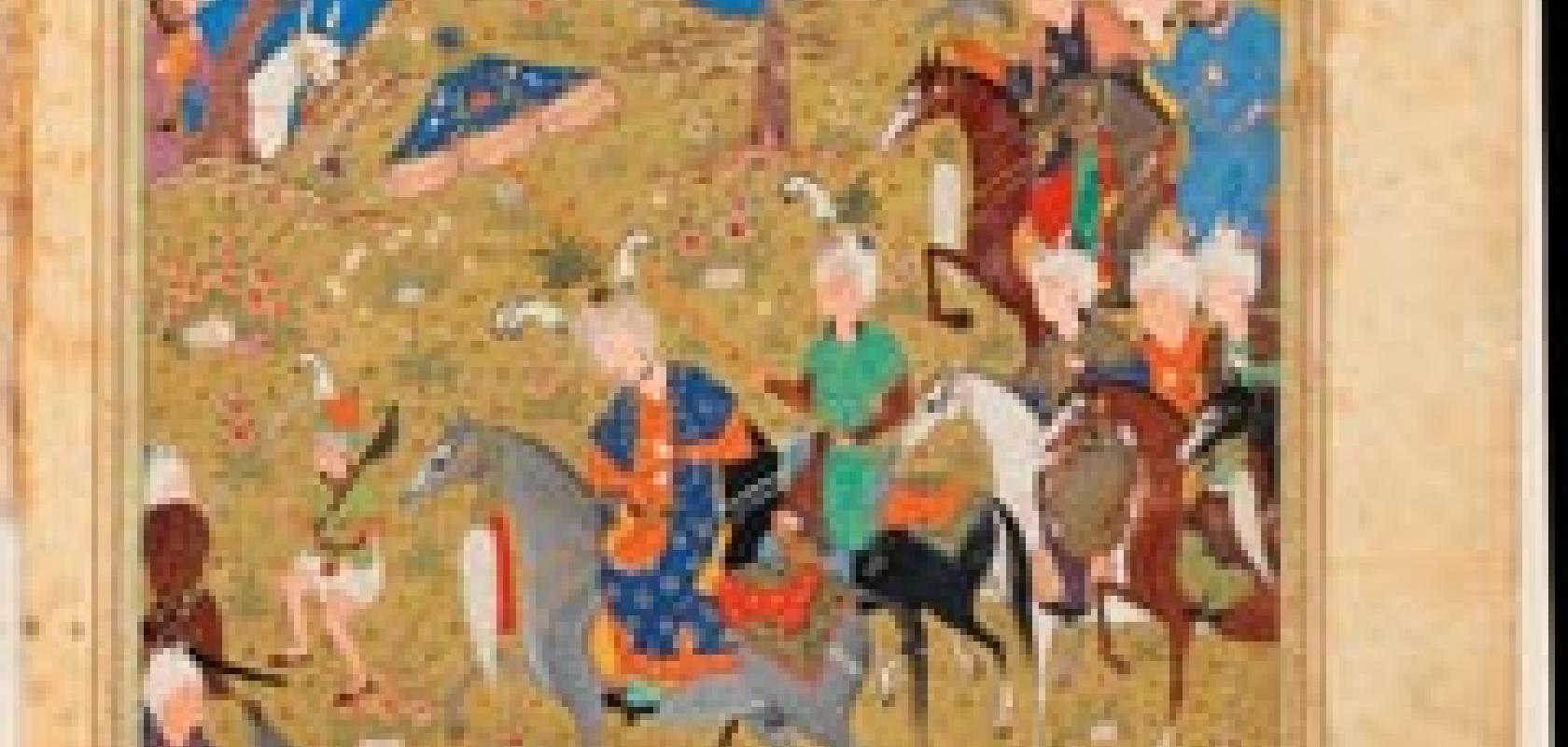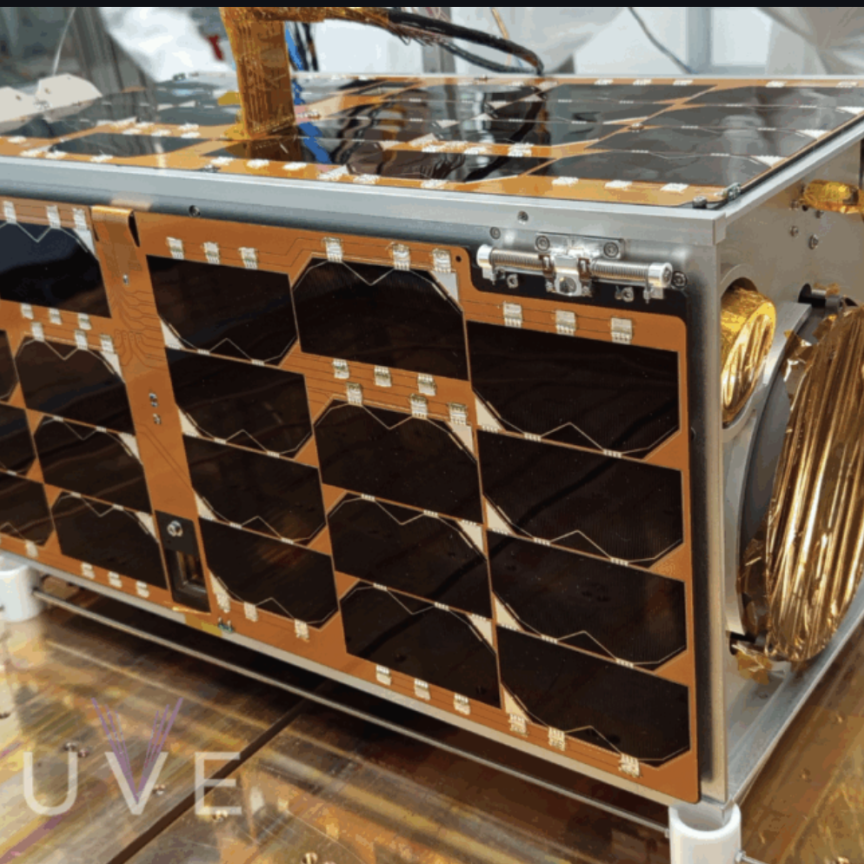Spectroscopy is aiding historians across the globe uncover all sorts of secrets hidden in artworks and national treasures, including information about the materials and methods employed by different artists throughout history, and even the painter’s identity.
Historical research of art is often limited by the fact that, in most cases, no sampling can take place. Therefore, non-destructive and micro-destructive analytical tools are essential for the study of cultural heritage. Recent developments in portable and non-invasive spectroscopy have led to growing interest in using these techniques for studying paintings and artworks.
Analysing the chemical information from works of art allows the types of paints and inks to be identified. ‘This can help to determine the pigments, their source, their date, and identify whether any changes have been made,’ said Riccardo Tagliapietra, Raman sales manager, Renishaw.
Knowledge of artists’ materials and techniques can in turn provide a wealth of information on historic production methods and skills, revealing interactions between distinct cultures and about trade routes.
In recent years, the art industry has adopted a range of optical techniques for analysing ancient paintings, sculptures, and other works of art, including UV fluorescence, UV/Vis/NIR reflectance, FTIR microscopy, Raman spectroscopy and laser induced breakdown spectroscopy (LIBS), as well as surface-enhanced Raman scattering (SERS) for detecting trace amounts of material.
‘Some [methods]… are destructive and can only be performed on small particles taken from the artwork. Other techniques are non-destructive and can be used on part, or all, of the artwork,’ Tagliapietra added.
For example, analysis by LIBS involves using a laser to ablate a microscopic hole into a painting – or other item of historical significance – resulting in the generation of a plasma plume. The plasma is then analysed to identify elements of interest, such as the chemical composition of pigments found in different layers of a painting.
However, some researchers may find that the information obtained is well worth the compromise of causing microscopic damage to the sample; LIBS is a mature elemental analytical technology that is very rapid – results can be generated in seconds – and simple to use. The technique has been used over the years to analyse important works of art and artefacts, for example to authenticate ceramic antiques at Beijing’s Antique City, to spot Picasso fakes, and to study ancient Egyptian textiles.
Yet as instruments using non-invasive techniques such as Raman, fluorescence, or reflectance spectroscopy are becoming smaller, cheaper, and more readily available, a greater number of historians and scientists are viewing them as a valid option for studying items of archaeological interest.
‘With the maturing of spectroscopy as an affordable and portable technique – i.e. miniature fibre-optic spectrometers – and with the growing market of Raman technology, the adoption will become much easier,’ said Ger Loop, product manager at Avantes.
Often, the materials and techniques employed by artists throughout history require the use of not one, but multiple, complementary analytical techniques.
Recently, the Fitzwilliam museum in Cambridge, UK employed an array of spectroscopic methods – including Raman, ultraviolet-visible (UV-Vis) reflection and emission, X-ray fluorescence (XRF), and mid-infrared reflection spectroscopy – to inspect a 16th century illuminated Persian manuscript. Three miniatures belonging to the manuscript, but ascribable to different periods, were analysed in order to identify similarities and differences in the painting materials and techniques used by Safavid artists over a period of 150 years.
In July, the manuscripts will be part of an exhibition marking the museum’s 200th anniversary; 150 manuscripts spanning seven centuries – from the 10th to the 16th – will be put on display.
In one of the techniques used by the Fitzwilliam team, UV-Vis reflection spectra and fluorescence emissions were recorded using an instrument consisting of equipment from Avantes, including a deuterium-halogen lamp, an AvaSpec-2048 CCD detector (200–1,100nm), and a customised fibre optic system. The fibre optic probe has an area of less than 2mm2, and allows measurements with an angle of 21° for minimising the specular component of the collected radiation.
Diode lasers from Toptica Photonics integrated into the same instrument were used for fluorescence emission measurements: an ultraviolet source (375nm at 18mW) for uncoloured and yellow materials; a visible source (445nm at 50mW) for orange, red, and purple colorants; and a second visible source (640nm at 100mW) for green and blue dyes or pigments.
Reflection spectra were also recorded in an extended spectral range, including the near- and short-wave infrared spectral region (350-2,500nm) using a spectroradiometer with a spectral resolution of 3nm at 700nm, and 10nm at 1,400nm and 2,100nm.
The study resulted in the team being able to address queries related to the manuscript’s decorative materials, and also raised further questions such as the painters’ selective use of a lipid-containing paint binder in orange areas.
As few analytical examinations of the Persian manuscripts have been carried out to date, by using the spectroscopic instruments the researchers were able to produce reliable and comparative material on which future research can build.
The work was part of a project led by the Fitzwilliam Museum, set up for improving the non-invasive analysis of historical objects. MINIARE – standing for ‘Manuscript Illumination: Non-Invasive Analysis, Research and Expertise’ – is employing advanced methods in the physical sciences, arts, humanities and social sciences to examine artists’ materials and techniques in illuminated manuscripts.
Finding art forgeries
Spectroscopy has also been useful in helping art dealers find out whether paintings, potentially worth millions, are authentic. Spectral information allows researchers to determine whether a piece comes from the time period believed, is consistent with a particular style, or if it is by a specific artist.
Researchers from the UK employed Raman spectroscopy to analyse a work of art purported to be by Marc Chagall, an important early modernist artist. The painting was found to be a forgery after spectral analysis of the pigments revealed that the date of creation was incorrect, leading the Chagall Committee in France to declare it to be a fake.
The painting, Nude Woman Reclining, had a reported execution date of 1910, and before scientific analysis, had been in private ownership since 1991. The pastel canvas depicts a female nude in a reclining pose and is executed in a range of colours, with no apparent evidence
for restoration.
As described in March’s issue of Applied Physics A, the team of historians used a Renishaw RM1000 Raman microscope system equipped with an 1,800 lines/mm grating, a holographic notch filter, a thermoelectrically cooled CCD detector, and a Leica DM microscope. A helium-neon laser provided excitation radiation at 632.8nm, with a laser power at the painting’s surface of about 0.4-0.8mW.
Spectra were recorded at 15 different sites on the surface of the painting, and compared with Raman data published previously on works of art.
Out of the many pigments identified on the painting’s surface, the presence of phthalocyanine pigments throughout the piece – including in the signature – provided the real indication of the painting’s date; phthalocyanine blue was first introduced in the twentieth century, around 1935-6, with phthalocyanine green introduced slightly later, in 1938. Such pigments revealed that the painting could not have been created prior to 1938, and the date of 1910 previously given to the artwork was considered to be incorrect.
The painting was then sent to the Chagall committee, which carried out further research relating to the date, and eventually declared that the artwork was in fact a forgery.
The study highlights the need for auction houses to carry out analyses prior to auction – previous sales of Chagall’s paintings have included that of Bestiaire et Musique in 2010 in Hong Kong for US$4.18 million, Le Cirque (1956) in 2007 for $12.3 million, and L’Anniversaire (1915) sold in New York for $14.8 million in 1990.
The value of the paintings also highlights a need for non-invasive, flexible methods for inspecting artwork. ‘Raman spectroscopy has the advantage of being non-destructive, high spatial resolution, and having flexible sampling… large samples can be analysed using a flexible sampling arm or free-space microscope. If moving the sample is impossible or impractical, then analysis can be performed in situ, through fibre optic probes,’ said Tagliapietra.
A team of researchers from the University of Bergamo, Italy, used X-ray fluorescence (XRF) and Vis-NIR reflectance instruments from Ocean Optics to spot an art forgery through the analysis of pigments. The painting, EL 1920, was believed to be by the Russian painter El Lissitsky, an important figure in the Russian avant-garde movement in the early 20th century.
Vis-NIR reflectance measurements of blue and grey-blue areas of the painting found the presence of blue phthalocyanine pigments, much like in the fake Chagall. As these pigments were not available until after 1935, the date of 1920 on the painting could not have been authentic; the painting could not have originated during the Russian avant-garde movement.
In addition, X-ray fluorescence (XRF) spectral analysis was used to validate the findings. Through this method, the team were able to identify the extensive presence of titanium white, a material that would only have become available after 1920. Therefore, the researchers were able to conclude that EL 1920 was a forgery.


